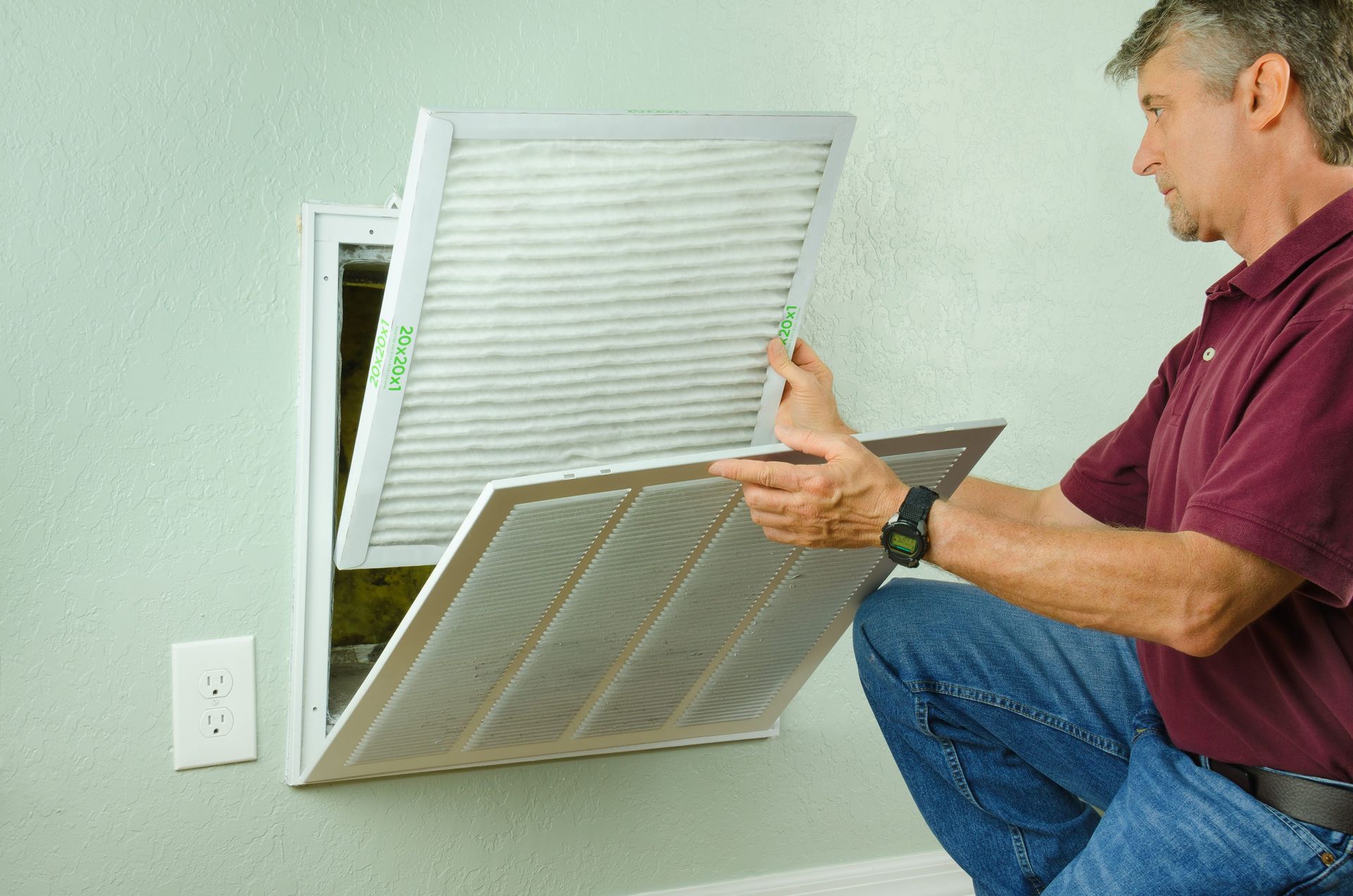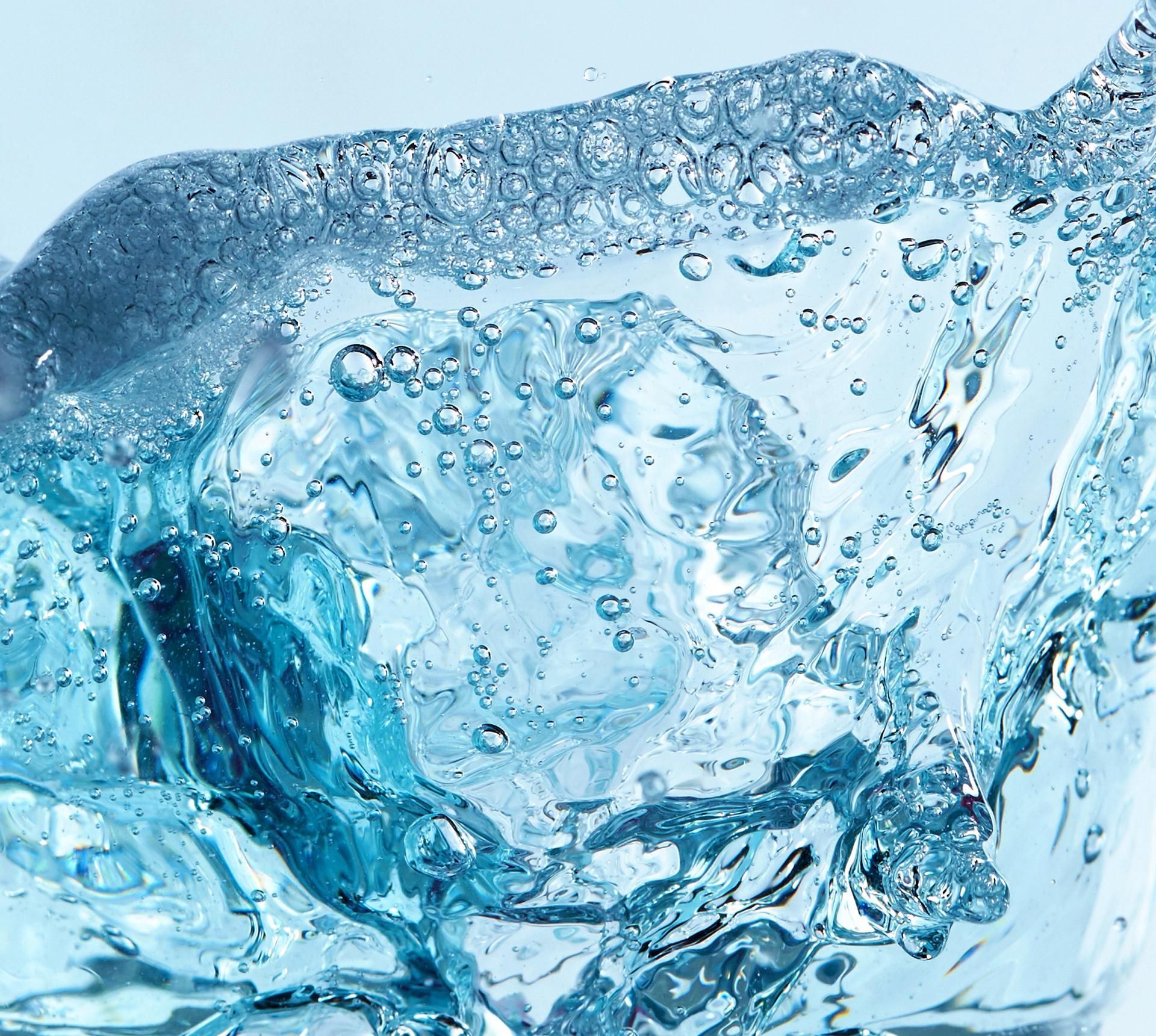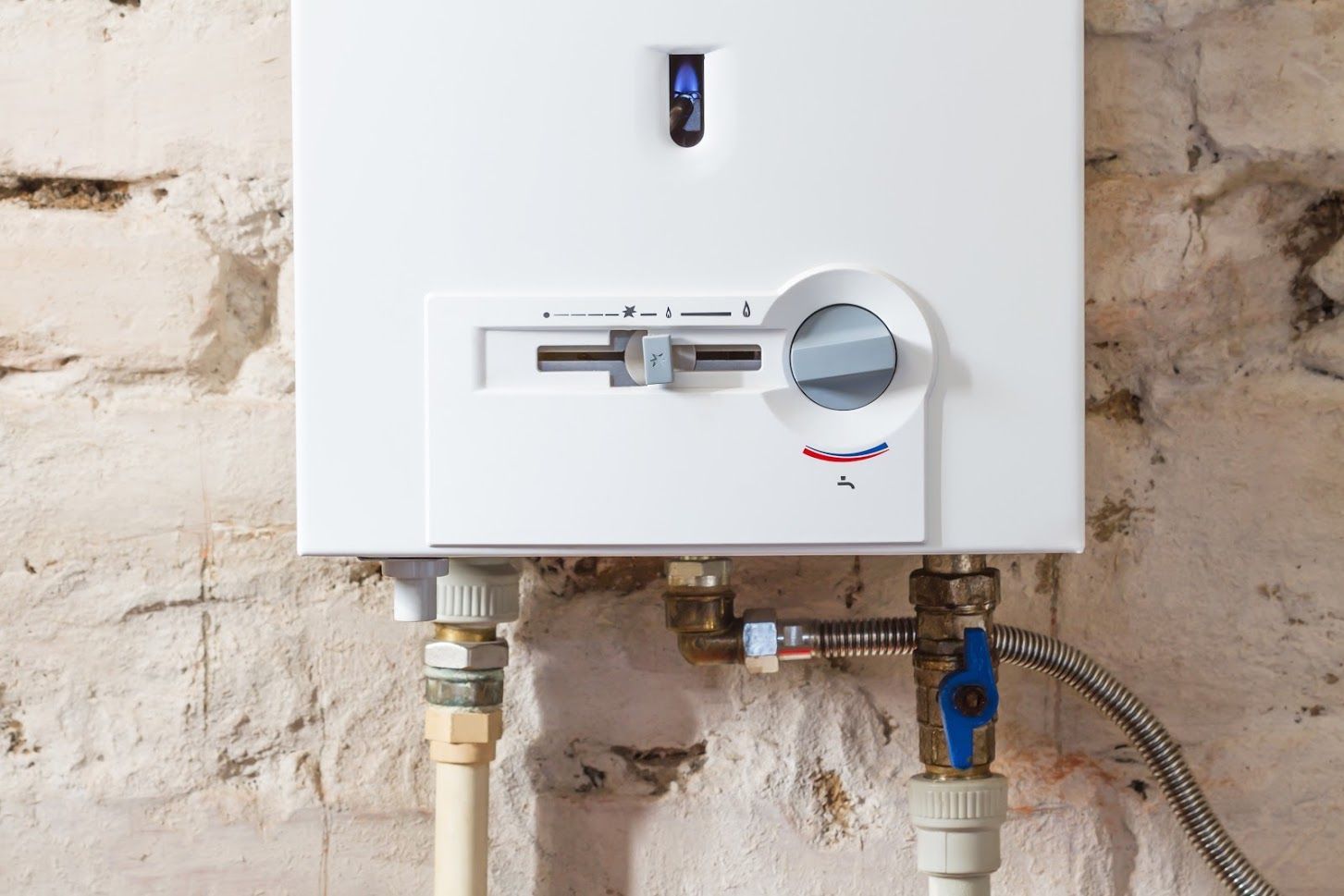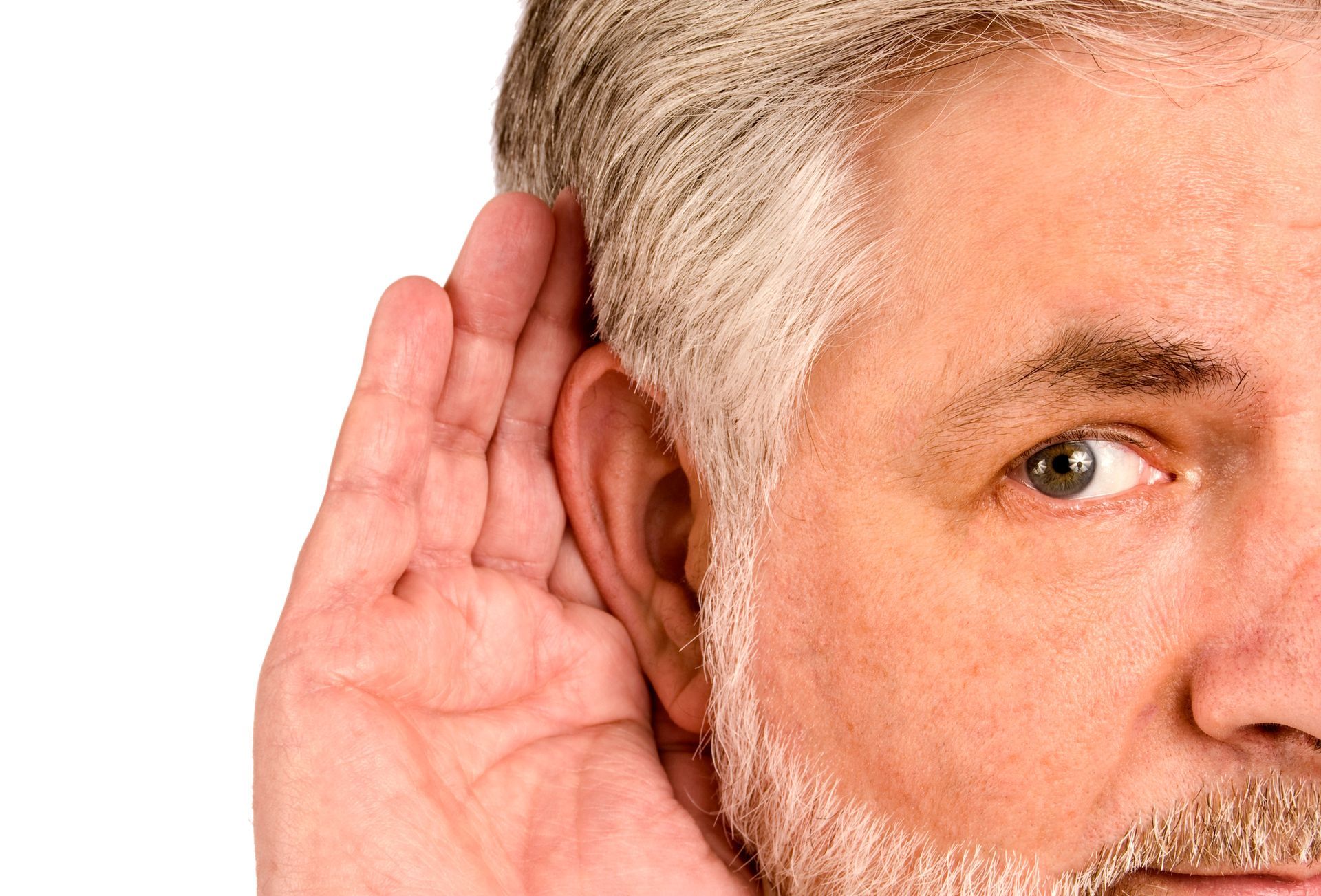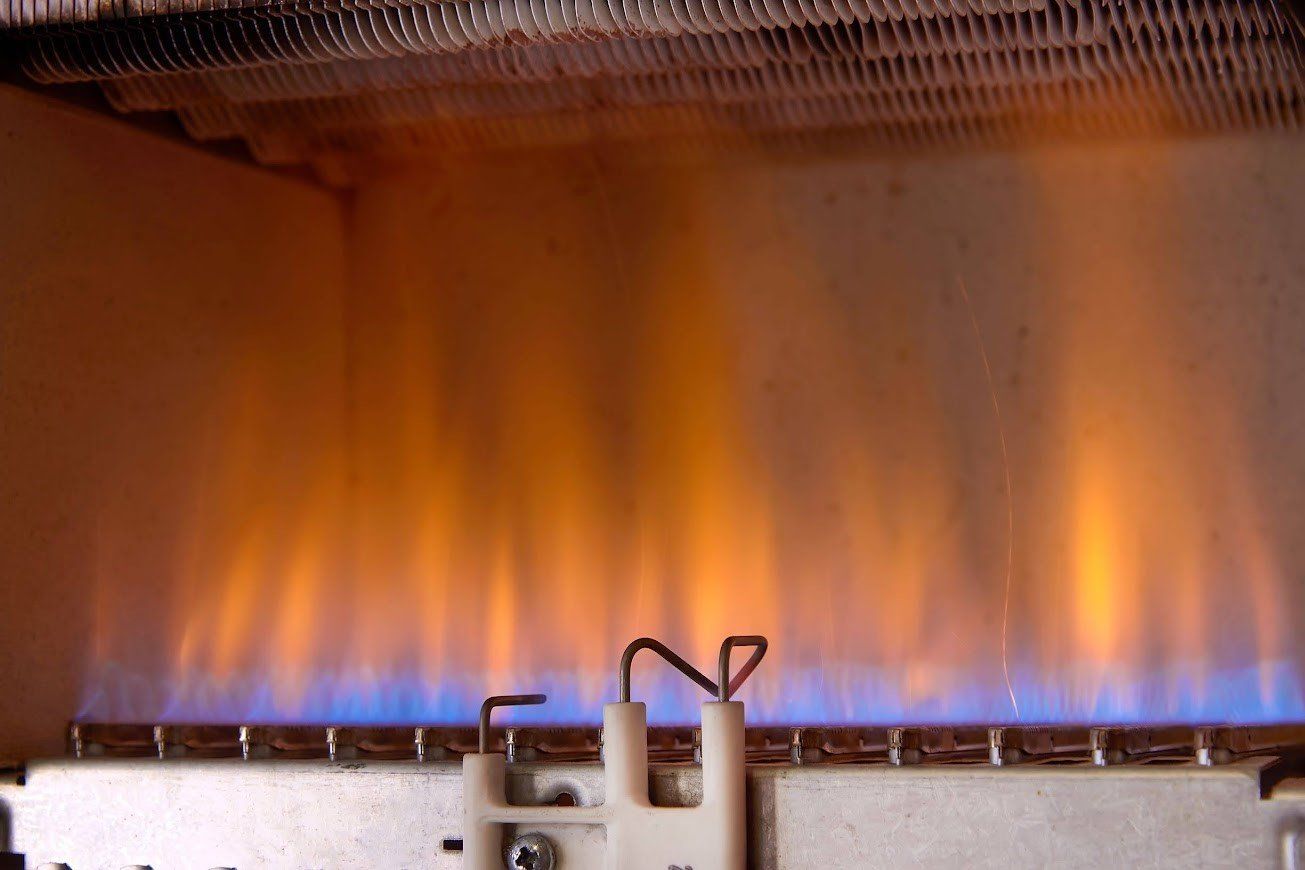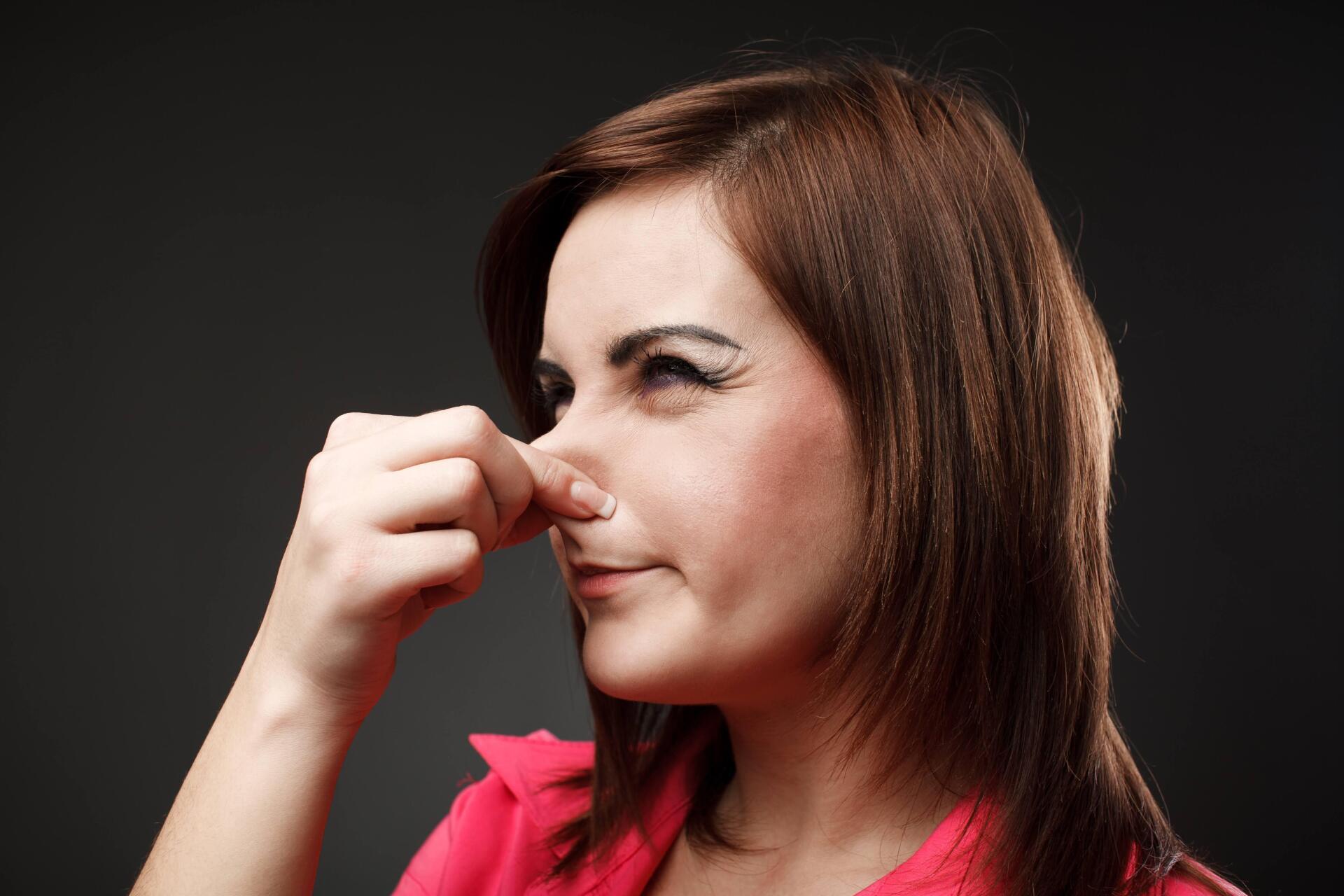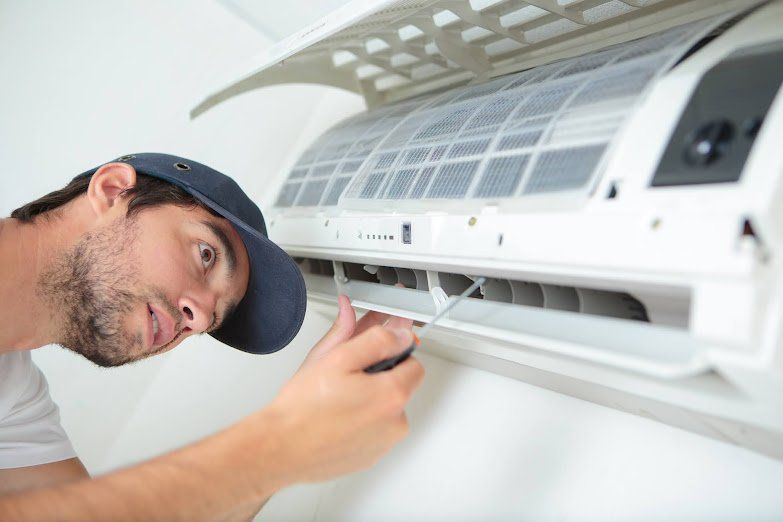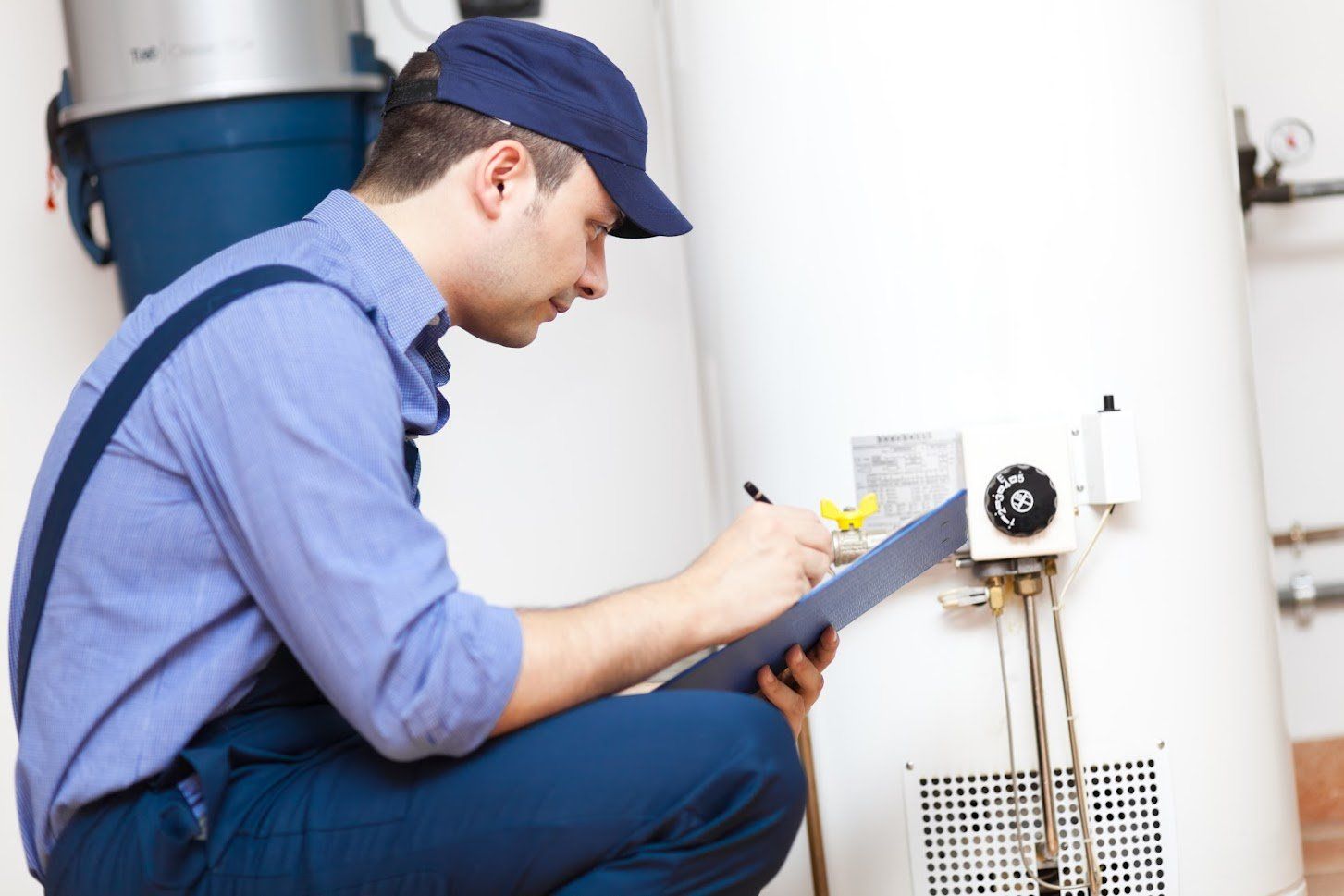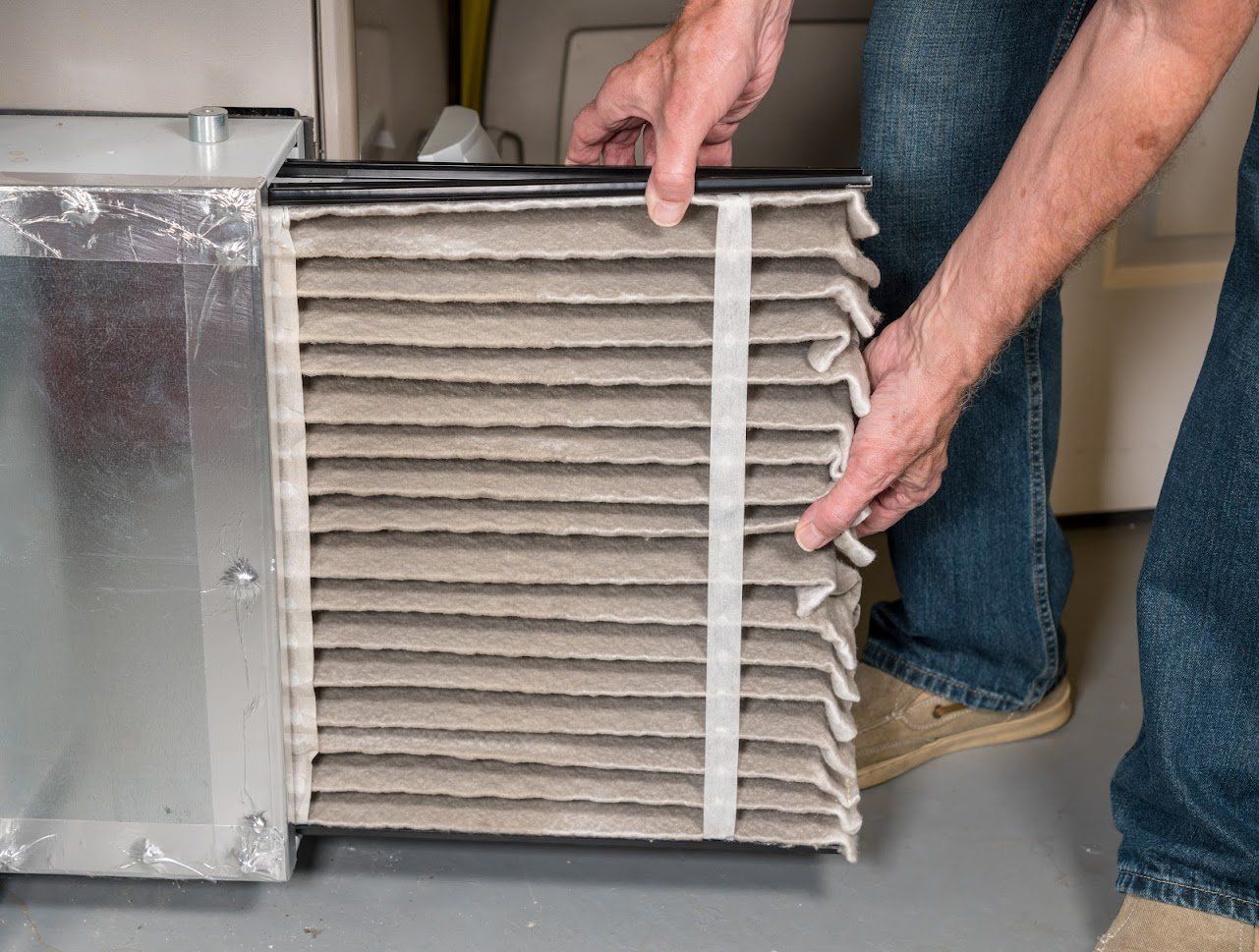Pets, HVAC Systems, and Indoor Air: What You Need to Know
Admin • October 8, 2020
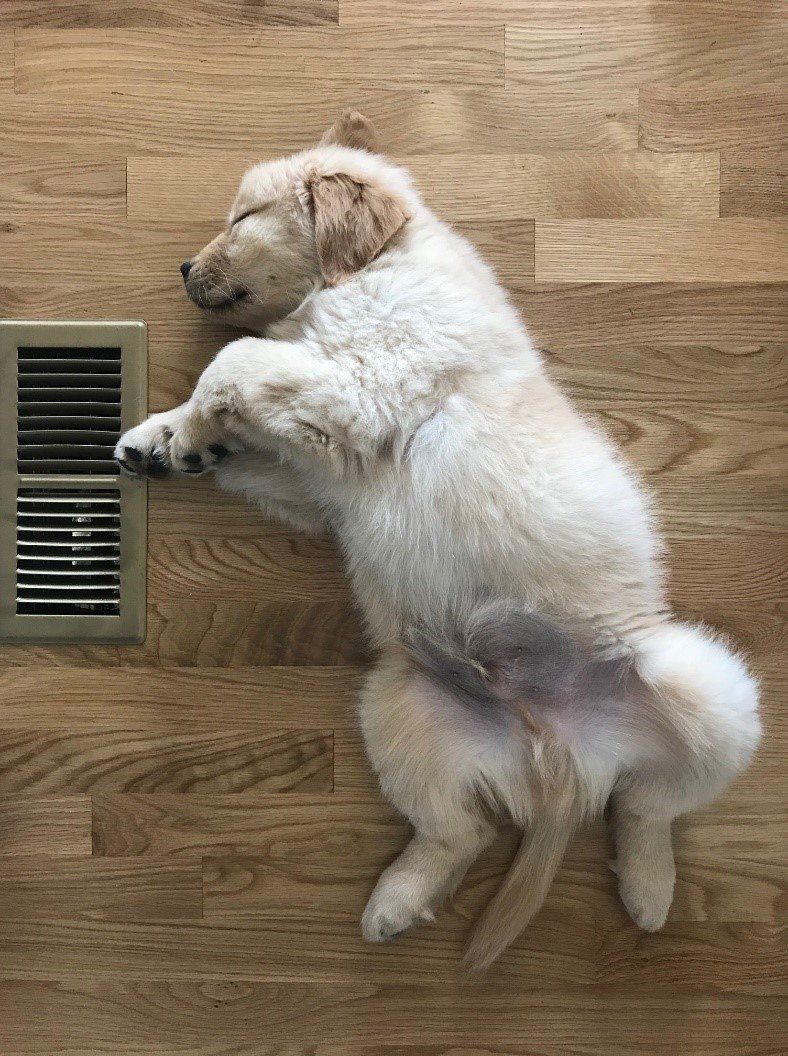
Do you have pets? Whether you have dogs, cats, reptiles, or amphibians, take a look at what you need to know about pets, their impact on HVAC systems, and indoor air’s impact on them.
HVAC Systems, Your Pets, and Your Health
Your pet's fur flies around your home, recirculating through the HVAC system. If you have central cooling or forced air heat, the system's air returns, blower, ducts, and vents can pull dog or cat hair and dander in and spread this type of debris back into your home. This can decrease indoor air quality and increase allergies.
To minimize the indoor air-related effects of pet fur:
- Change the filter regularly. The filter traps fur and stops it from recirculating throughout your home. The number of times you need to change (or clean, if you have a reusable filter) the filter depends on how quickly it clogs.
- Choose a new filter. The higher the MERV (minimum efficiency reporting value) rating, the finer particles a filter traps. While larger pieces of fur may not require a high MERV filter, pet dander contains microscopic particles. A higher MERV filter can help to stop dander circulation.
- Install an air purifier or cleaner. This HVAC addition can increase the indoor air quality and reduce the free-floating pet dander inside of your home. A qualified HVAC contractor can help you to choose and install a whole-home air purification system.
- Schedule routine service. A pre- or post-season AC or furnace checkup can reduce buildup inside of your central HVAC system. The technician can inspect the system, check for damage, clean the air conditioner or heater, and recommend a filter replacement.
- Change your cleaning habits. If your HVAC system's air filter constantly clogs, consider how much pet fur flies throughout your home daily. A filtered vacuum or similar cleaning device can remove some of the fur before it reaches your air conditioner or heater.
Not only will system and filter maintenance help you to reduce the amount of pet fur and dander in your home, but these simple steps can also increase the quality of the indoor air and decrease the concentration of potential pollutants or contaminants.
Indoor Air, Your Pets, and Their Health
Humans aren't the only household members who the indoor air affects. Dogs, cats, reptiles, amphibians, and other pets may have sensitive respiratory systems that require clean indoor air. Pollutants can enter your home through open windows, the front door, the garage, air leaks, your chimney, or exposed exhaust fans.
Along with outdoor air contaminants that come into your home, some pollutants start indoors. Commonly used everyday cleaning, crafting, home décor, and other similar products can impact your pet's respiratory health. Some of the top indoor air pollutants your pet should avoid include:
- Volatile organic compounds. Volatile organic compounds (or VOCs) include an array of chemical ingredients found in house paint products, varnishes, disinfecting or cleaning items, and degreasing products.
- Carbon monoxide. Carbon monoxide is an odorless, colorless gas that can pose a life-threatening risk to humans and pets. Gas-burning heaters and appliances can create carbon monoxide leaks inside your home. A carbon monoxide detector and regular HVAC service can reduce this risk.
- Tobacco products. Does someone in your home smoke cigarettes, cigars, or a pipe? Secondhand tobacco smoke can irritate pets as well as people.
According to the U.S. Environmental Protection Agency (EPA), high humidity levels or temperatures can increase some types of pollutant concentrations in your indoor air. If your home is excessively humid, discuss ways to remove the moisture from the air with an HVAC contractor. The professional can recommend a dehumidifier or other system modifications to make this change.
Do you need a pre-season HVAC cleaning or check-up? Contact Comfort Technology Heating & Air Conditioning
for more information.


